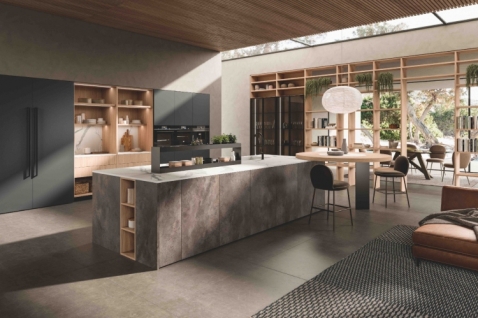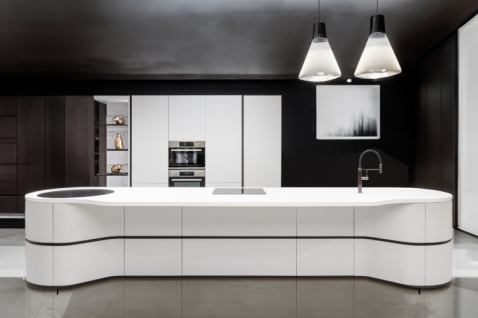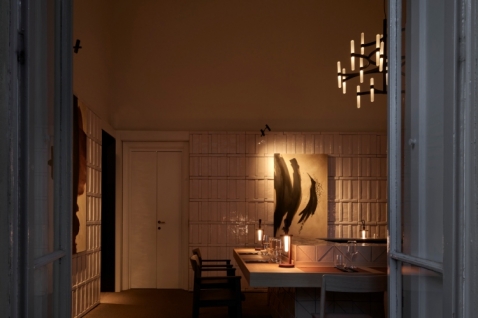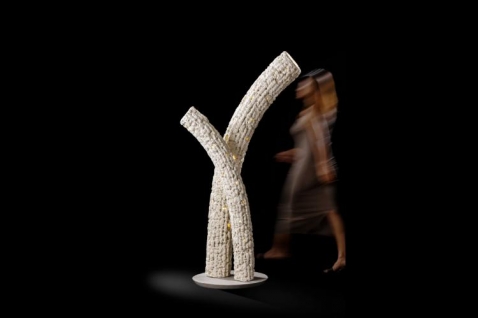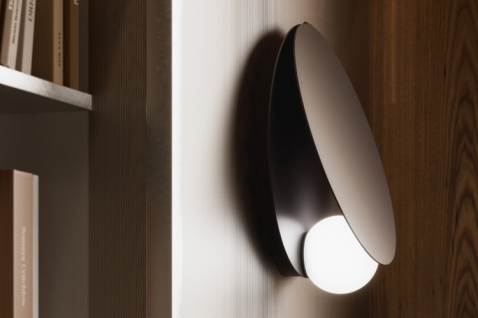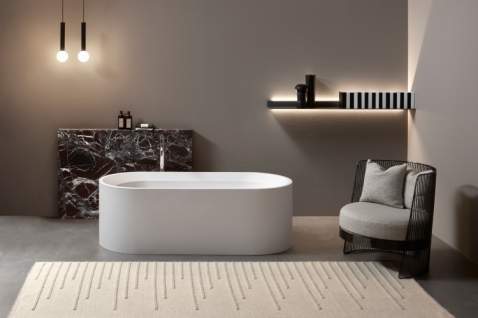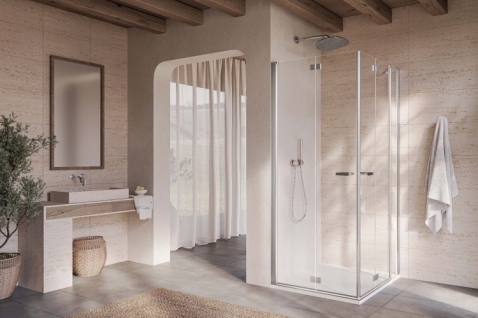Well-known Danish lighting manufacturer Louis Poulsen has announced many iconic accessories in its autumn collection.
PH 5 Monochrome, Keglen, LP Slim Box, PH 2-1 and PH Septima debuted, strongly adhering to the brand’s passion for great lighting and Danish design. The first in a row are the iconic chandeliers PH 5 and PH 5 Mini signed by Paul Henningsen, in a new monochrome palette. The color series captures the timelessness of monochrome black, white and blue, while at the same time refreshing Henningsen's classic design with a minimal, modern look and today's lighting technology. Designed in 1958, the PH 5 continues to serve as a sculptural design element.
Louis Poulsen, together with BIG Ideas, presents a new series of Keglen lamps, a further development of the Tirpitz chandelier. Distinctive design and classic, top quality lighting will characterize the series. Four chandeliers provide their own diffusion of light with a curved glass insert, which is built-in and adapted to each version of the lampshade. The lampshades emit light down without glare, while the discreet opening at the top allows a little light to reach slightly upwards.
The addition of the LP Slim Box expands the LP Slim series, which are suitable for a wide range of applications and spaces. You can now choose both rectangular and round versions of modern but classic fasteners to suit your needs. Another icon that has returned is Paul Henningsen's PH 2/1 table lamp in a limited edition with warm amber glass. Originally designed in 1927, it relies on Henningsen's three-color reflective system. The shade design is based on a logarithmic spiral, with the center of the light source placed at the focal point to create gentle, diffused, glare-free lighting. In the late 1920s, Louis Poulsen and Henningsen introduced colored glass lamps to create warmth and bring a unique element to living spaces.
Louis Poulsen also returns PH Septima, a seven-shade glass lamp originally designed by Heningsen between 1927 and 1931. Drawing inspiration from the PH 5/5 three-color system, Heningsen added four sections to make seven shades in total. Made of delicate but durable Italian borosilicate glass, the lampshades contain alternately transparent and frosted parts which are placed so that the frosted parts cover the transparent parts below.
Photo: Frederik Lindstrøm





